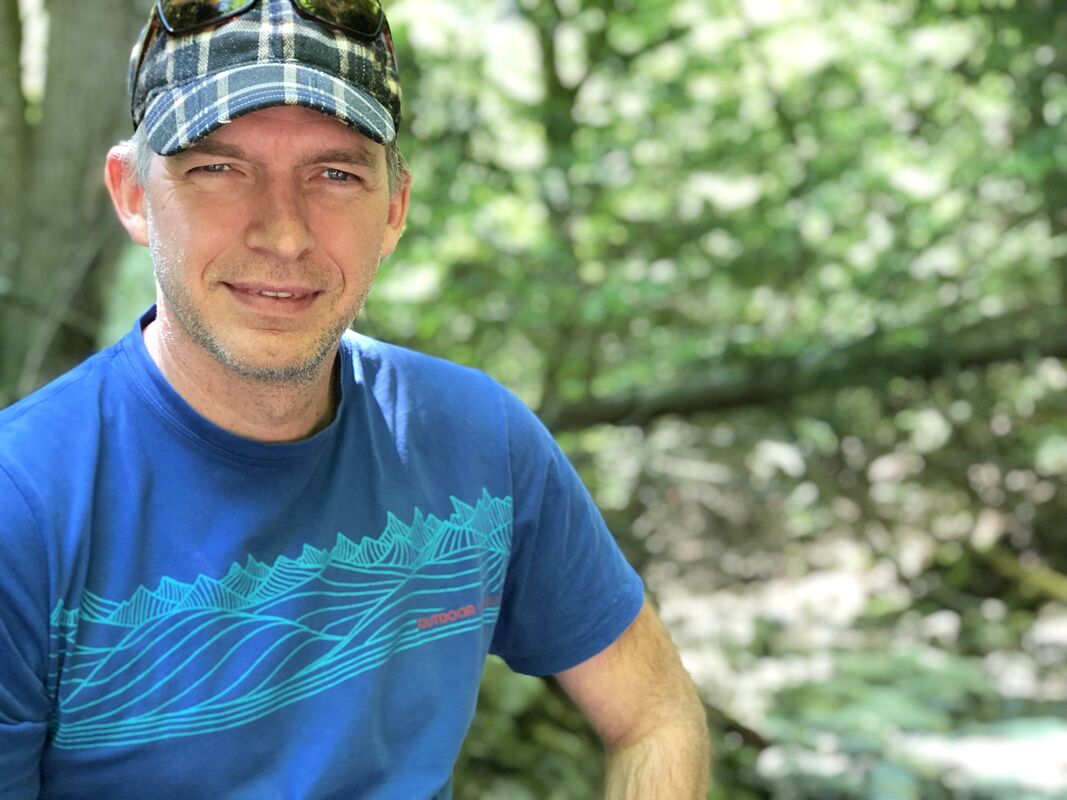For me it provides a framework and an opportunity to study the abiotic-biotic linkages in freshwater ecosystems. I’m curious about how these systems function, but I’m also concerned about their widespread degradation and destruction. My hope is that through scientific research and stakeholder engagement we can protect, better manage, and rehabilitate our freshwater environments.
What are your undergraduate and graduate degrees in?
I have a bachelors degree in Environmental Studies with a minor in Earth Sciences from the University of Waterloo (and a shout out to my alma mater; I benefited greatly from UWaterloo’s co-op education program). I received my PhD in Physical Geography (specialization in fluvial geomorphology) from McGill University, under the supervision of Professors Michel Lapointe (McGill University) and Pierre Magnan (Universite du Quebec a Trois-Rivieres). Between my undergraduate and graduate training I worked for approximately 10 years in various industry and government positions where I specialized in the assessment and remediation of contaminated soils and groundwater, and the assessment and protection of groundwater sourced drinking water supplies.
How did you arrive at working in/thinking about ecohydrology?
I grew up playing in a small forest stream near my childhood home in Kitchener, Ontario, Canada. When I was about 6 or 7-years-old most of the forest around the stream was cut down and replaced by a subdivision. Overnight I went from chasing small fish to chasing water spiders; the stream choked with fine sediment. I knew nothing of the ‘Urban Stream Syndrome’ but the transformation I observed was absolute and profound. My curiosity about the consequences of our interactions with nature, specifically our impacts on fluvial environments, was set then. A reading of Aldo Leopold’s Sand County Almanac a decade or so later sealed the deal. Leopold’s writings of the beauty and complexity of the natural world directed my interest toward ecology...“A thing is right when it tends to preserve the integrity, stability, and beauty of the biotic community. It is wrong when it tends otherwise.”; and “Some paintings become famous because, being durable, they are viewed by successive generations, in each of which are likely to be found a few appreciative eyes. I know a painting so evanescent that it is seldom viewed at all, except by some wandering deer. It is a river who wields the brush….” from a Sand County Almanac by Aldo Leopold.
What do you see as an important emerging area of ecohydrology?
I find the concept of “ecosystem control points” (Bernhardt et al. 2017), an evolution of the “Hot Spots & Hot Moments” concept (McClain et al. 2003), a particularly interesting framework for investigating and understanding the interaction between hydrological and ecological processes. As defined by Bernhardt et al. 2017, control points are specific locations that exert a strong influence on an ecosystem. Understanding where such control points exist is likely to be critical to our understanding of the behavior of freshwater and terrestrial ecosystems. The challenge will be to identify where these control points are located and when they are active. For example, can areas of preferential groundwater discharge (PGD) act as ecosystem control points? My research group is particularly interested in locating and understanding the ecological role of PGD. Here I’ll take the opportunity to plug our session on the topic at the upcoming AGU Fall Meeting; Session H44C - Groundwater Discharge to Surface Waters: Patterns, Processes, and Ecological Implications I.
Do you have a favorite ecohydrology paper? Describe/explain.
If I must pick only one, I’ll choose “A hierarchical framework for stream habitat classification: viewing streams in a watershed context” by Frissell et al. 1986. To my knowledge this was the first paper to apply a hierarchical classification framework to lotic ecosystems. I was primed for this concept by the late James Kay (University of Waterloo) who introduced me to complex systems theory. Thanks for this question – I’m going to spend the evening revisiting some of my old course notes.
What do you do for fun (apart from ecohydrology)?
What brings me the most joy is being outdoors with my family. This summer we spent a few days hiking in the White Mountains of New Hampshire – it was my son’s first overnight hiking experience. We spent our days hiking through the forest and lounging by mountain streams. It was wonderful.

 RSS Feed
RSS Feed